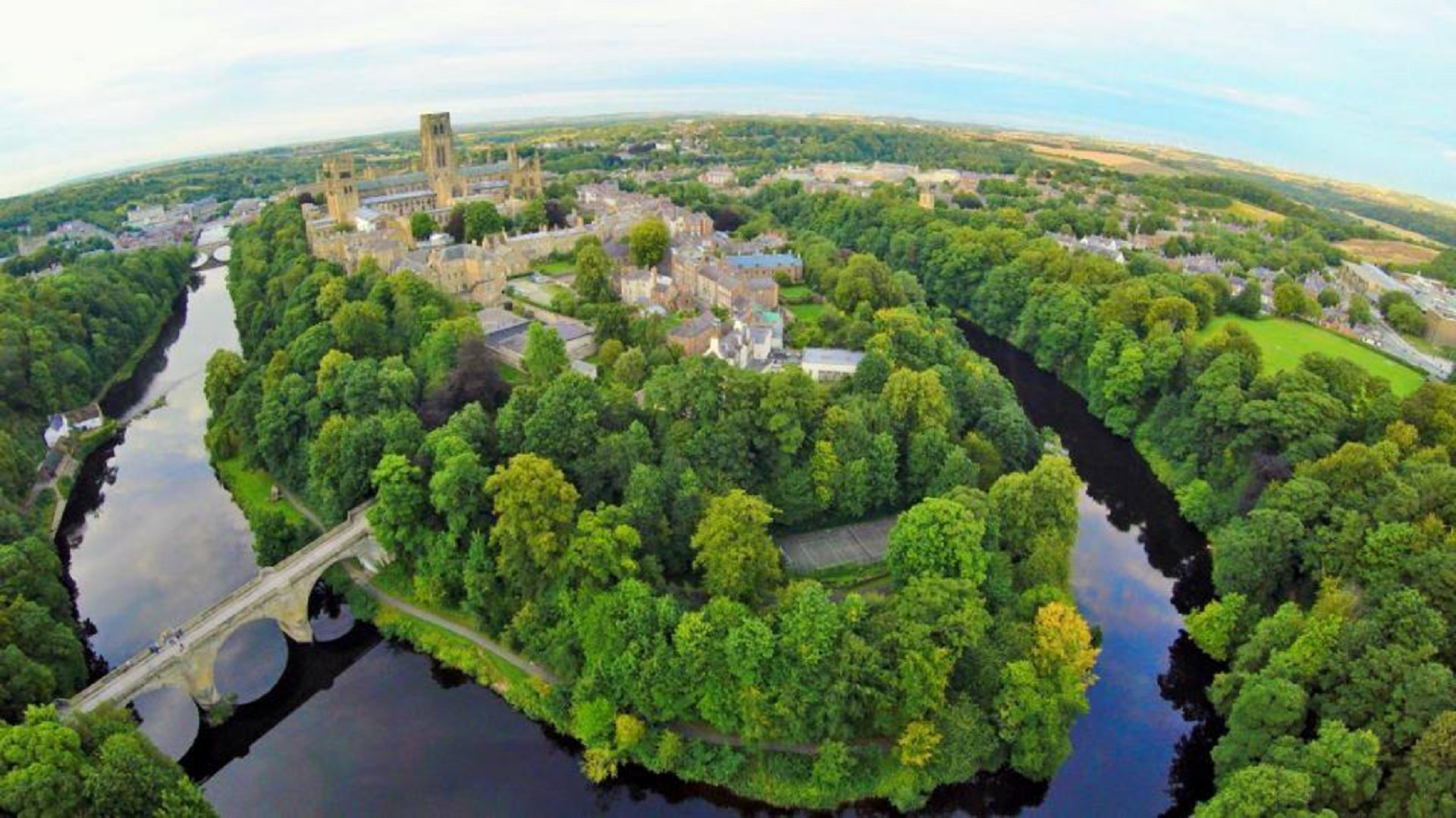The Early History of Durham Castle and the Need for a Norman Fortress
Even before Durham Castle was built, we believe that there were already defensive structures on the site. However, we cannot be sure if the Normans built the mound (motte) or whether it dates to the Anglo-Saxon period. We know that in 1006 and 1039 the Scots attacked Durham. Both attacks were unsuccessful. The natural landscape of the Durham Peninsula makes it easy to defend and, for the Normans, this made it an ideal site for a castle.
Why did Durham need a Castle?
In 1066, Norman invaders from northern France conquered England. Under the new king, William the Conqueror, the Normans set about taking control of the country and imposing their authority. Durham formed part of the territory of the Earls of Northumberland. The first two Earls appointed by William were murdered, the third rebelled, and the fourth died at the hands of rebels in an ambush in Durham.
In response, William took personal charge of a campaign to ‘harry the north’ into submission, burning farms, slaughtering livestock, looting properties, starving the population, killing rebels and stripping local noblemen of their titles. In 1072, William ordered the construction of Durham Castle. Its location was strategically important. Not only did it protect English lands from the Scots, but it also served as a base for controlling the local population.
The Castle was built under the supervision of Waltheof, the Earl of Northumbria. Work was continued by Walcher, the Bishop of Durham, after the Earl’s execution in 1076. Walcher was tasked with combining his role of bishop with new military and administrative functions. The responsibility for the everyday control and stability of the North had been passed to the Bishop of Durham.
The history of Durham Castle can also be explored through our online exhibition.
 Aerial photograph of the Durham Peninsula, showing the landscape. The u-shape, and the river made this an ideal site for a castle to the north end.
Aerial photograph of the Durham Peninsula, showing the landscape. The u-shape, and the river made this an ideal site for a castle to the north end.


/prod01/channel_4/things-to-do/media/things-to-do/durham-castle/durham_castle_005-1920X640.jpg)